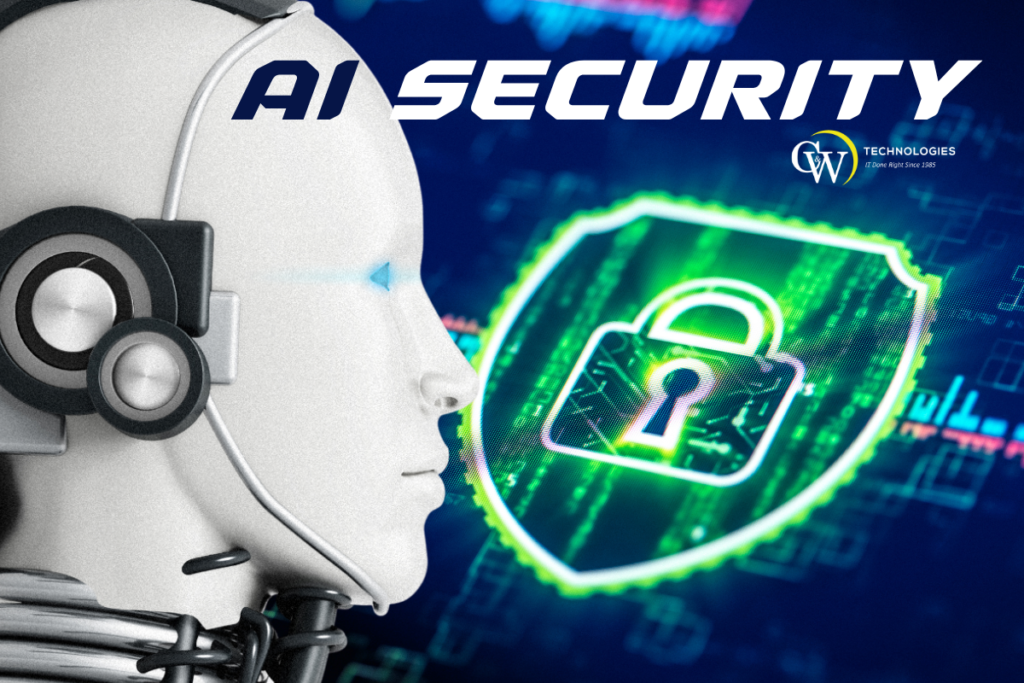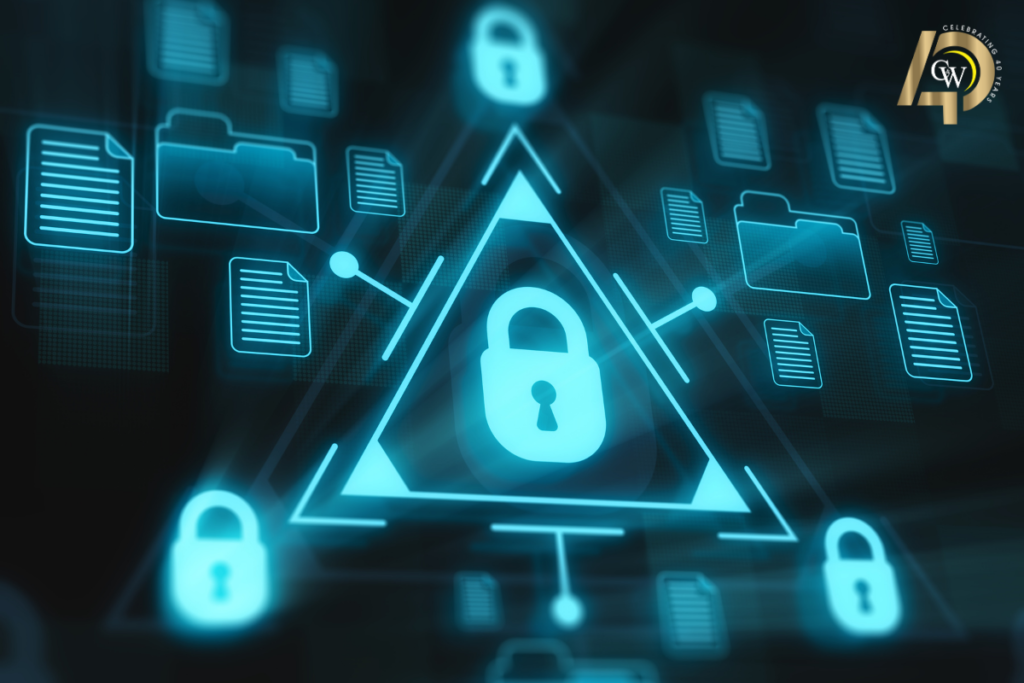AI security focuses on protecting AI systems from cyber threats and ensuring their reliable operation. This article covers best practices, key strategies, and important components of AI security to help you safeguard your AI infrastructure effectively and comprehensively. As AI technologies become increasingly integrated into various sectors, from healthcare to finance and beyond, the importance of robust AI security cannot be overstated. Ensuring the protection of AI systems not only prevents cyberattacks but also helps maintain the integrity, confidentiality, and availability of critical data and services.
This article delves into the common AI security risks such as data breaches, adversarial attacks, data poisoning, and model theft, providing detailed insights into how these threats operate and the impact they can have on AI systems. It also highlights emerging risks introduced by generative AI technologies, including sophisticated phishing attacks and prompt injections, which require specialized mitigation strategies.
Understanding AI Security
Artificial Intelligence security involves leveraging artificial intelligence to enhance the security posture of AI systems by mitigating both adversarial and operational risks. The key focuses of AI security include defending the AI infrastructure from cyberattacks, protecting against unauthorized access and manipulation, and employing rigorous measures such as data validation and intrusion detection systems. Establishing effective AI security is crucial to prevent undesirable outcomes, mitigate risks of exploitation and data breaches, and maintain public trust in AI technologies.
A comprehensive approach to AI security encompasses protecting data, algorithms, and infrastructure to ensure systems operate as intended without unintended harm. This involves understanding the key components of AI security and the role of machine learning in enhancing security measures.
Key Components of AI Security
Data protection is fundamental in AI security and involves:
Safeguarding sensitive information from loss and corruption through measures like encryption and tokenization.
Ensuring data integrity by maintaining the accuracy and consistency of data throughout its lifecycle, which is crucial for the reliable functioning of AI systems.
Minimizing data discrepancies to prevent flawed outcomes in AI decision-making processes.
Operational reliability is another critical component. AI systems must perform reliably and predictably under various conditions to ensure security against manipulation. Flaws in algorithms can lead to insecure models that attackers can exploit, making the implementation of reliability measures essential to prevent vulnerabilities from being exploited.
Infrastructure security is equally important, encompassing physical security of servers, network security, and application security. Ensuring robust security infrastructure helps in protecting AI systems from physical and cyber threats, thereby maintaining the integrity and availability of AI services.
The Role of Machine Learning in AI Security
Machine learning algorithms are pivotal in AI security, as they can analyze large datasets in real-time, improving the speed at which cyber threats are identified. Leveraging machine learning algorithms, AI-driven systems continuously learn from new data, enhancing their effectiveness in identifying and mitigating threats over time.
AI-enhanced Security Information and Event Management (SIEM) systems correlate data from multiple sources for a comprehensive view of security, allowing for faster and more accurate responses to detected threats. Leveraging machine learning significantly enhances the efficiency and effectiveness of threat detection within AI systems.
The integration of machine learning in AI security not only enhances threat detection but also streamlines security operations, enabling organizations to respond to security incidents more effectively.
Common AI Security Risks
AI security risks are diverse and evolving, posing significant challenges to organizations deploying AI systems. One major risk is data breaches, which can lead to unauthorized access to confidential data, resulting in substantial financial and reputational damage. Potential security risks include supply chain attacks, which are also a growing concern, targeting AI systems through their development, deployment, or maintenance stages.
Threat actors are increasingly utilizing AI for dispensing malware and infecting code and datasets. Generative AI is being used to create personalized and convincing sophisticated phishing attacks, posing new challenges for security teams.
Adversarial threats, including methods that manipulate input data to mislead AI systems, emerging threats, and vulnerabilities such as data leakage and model inversion attacks, further complicate the security landscape and can exploit vulnerabilities.
Data Breaches and Data Poisoning
Data breaches occur when unauthorized entities gain access to confidential data, leading to flawed outcomes from AI decision-making processes. Privacy breaches in AI security occur when data processing is exploited. This leads to unauthorized access or disclosure of private information. Mitigating these risks requires robust security protocols, including encryption, access controls, and regular security audits.
Data poisoning is a significant threat where harmful data is injected into training datasets, skewing the AI model’s behavior. For example, feeding bad training data to an AI model can lead to incorrect predictions or classifications, undermining the system’s reliability. Tampered or biased data in AI models can result in false positives or inaccurate responses, highlighting the need for stringent validation measures.
AI systems rely on datasets that might be vulnerable to attacks, necessitating effective security measures to protect data integrity and ensure the accuracy of AI models.
Adversarial Attacks
Adversarial attacks involve deceptive alterations to inputs with the aim of causing errors in AI systems. These attacks can corrupt AI algorithms, leading to flawed decisions that impact human lives and produce biased or inaccurate results. Effective mitigation strategies against adversarial attacks include robust input validation, anomaly detection, and adversarial training.
By implementing these security strategies, organizations can enhance the resilience of their AI systems against adversarial threats, ensuring that the systems operate reliably and securely.
Model Theft and Inversion Attacks
Model theft in AI security refers to recreating an AI model through extensive querying, posing a risk to the intellectual property and capabilities of the original model. Model extraction attacks focus on stealing the model’s intellectual property, which can be used to reverse engineer or manipulate the model.
Model inversion attacks can expose sensitive information embedded in the training data by reconstructing the model’s outputs. The potential consequences of model theft include intellectual property theft and misuse of model capabilities, underlining the importance of robust security measures.
Importance of Securing AI Systems
Securing AI systems is paramount due to their role in essential services, making them attractive targets for cybercriminals. Continuous monitoring and adaptation are required for AI systems to stay resilient against evolving threats.
Implementing frameworks like the Framework for AI Cybersecurity Practices (FAICP) and AI Security Posture Management (AI-SPM) provides organizations with a holistic approach to securing their AI assets. Regulatory frameworks such as the General Data Protection Regulation (GDPR) also influence the design and usage of AI systems to ensure data protection.
Protecting Sensitive Data
To safeguard sensitive data in AI systems, it is essential to protect sensitive data by:
Implementing strict access controls to prevent unauthorized access.
Utilize layers of encryption throughout the data lifecycle.
Perform regular input sanitization to ensure malicious inputs do not compromise the system or expose data.
Proper anonymization of datasets is crucial for compliance with privacy regulations and prevents de-anonymization attacks, protecting sensitive training data. These measures collectively help in maintaining data integrity, confidentiality, and availability, mitigating data security risks in AI.
Ensuring Ethical Deployment
Establishing ethical guidelines and governance frameworks is crucial for ensuring the responsible use of AI. Fairness in AI systems can be ensured through the implementation of well-defined ethical standards, managing biases and ensuring that AI systems operate fairly and transparently.
Transparency in AI operations builds trust and accountability among users, making ethical deployment a key aspect of AI security best practices. By adhering to these guidelines, organizations can ensure that their AI systems are deployed ethically and responsibly.
AI Security Frameworks and Standards
AI security frameworks aim to manage risks associated with the use and deployment of AI technologies. Effective frameworks help organizations mitigate risks and establish best practices for deploying AI technologies. However, the lack of standardization in AI security leads to fragmented security measures and complicates collaboration.
To enhance AI security, it is crucial to develop and implement standardized frameworks that provide consistency in security measures, ensuring that AI systems are protected against various threats.
Best Practices for AI Security
Best practices for AI security involve:
Robust encryption methods
Secure communication protocols
Regular security audits
Compliance with regulations like GDPR and CCPA
Integrating continuous monitoring and logging
Employing a layered security approach
These measures can greatly enhance the resilience of AI systems through proactive defense measures against threats.
Maintaining strict data curation, regular auditing, and using robust learning algorithms are essential for protecting against data poisoning and ensuring data integrity. Working with reputable AI security experts can further strengthen an organization’s AI and cybersecurity posture.
Who is C&W Technologies?
C&W Technologies is a leading provider of IT and communication solutions for businesses. Founded in 1985, our company has over 40 years of experience in the industry, and we serve clients across a wide range of industries.
Our company prides itself on its commitment to customer satisfaction and continuously strives to deliver cutting-edge technology solutions that meet the evolving needs of businesses. With a team of highly skilled professionals and strategic partnerships with top technology providers, C&W Technologies is able to deliver reliable and efficient technology solutions that drive business growth.
Contact Us Today!
If you’re interested in learning more about our services, how we can help your business grow, or want to learn more about our sercurity services, please don’t hesitate to contact us. Our team at C&W Technologies is dedicated to providing top-quality technology solutions and exceptional customer service. We would be happy to discuss your specific needs and tailor a solution that fits your business goals.




